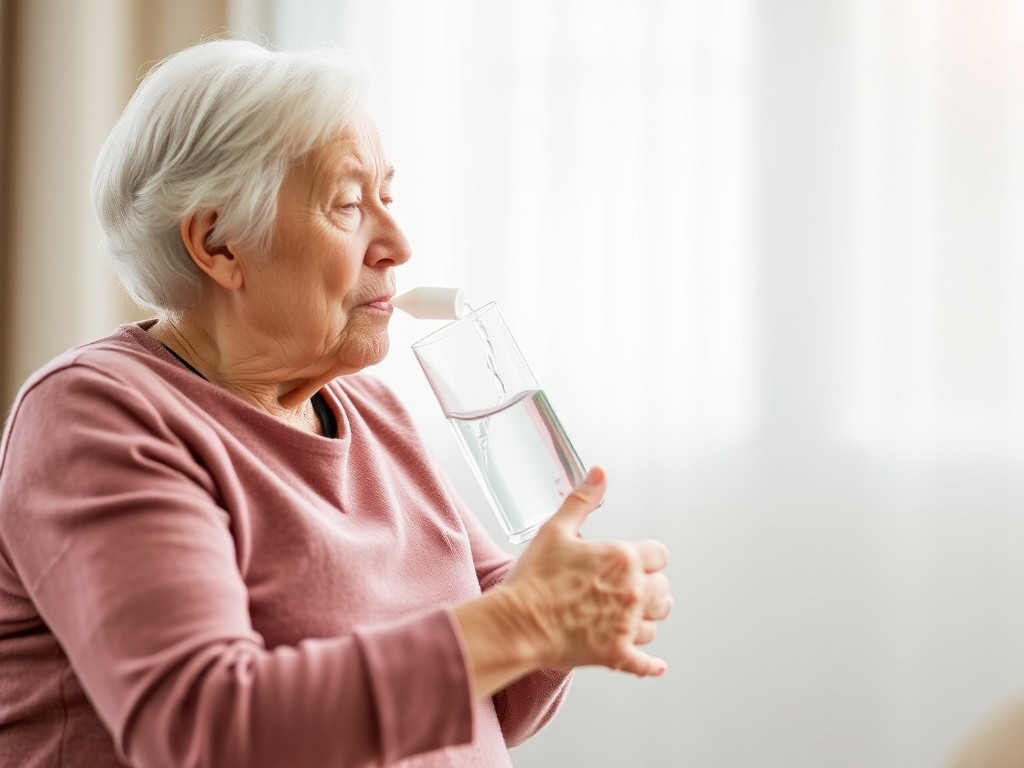
In elderly people, the average voiding episode typically ranges from 150 to 300 mL, depending on overall bladder health, hydration, and the presence of any medical conditions. This volume may be slightly lower than in younger adults due to age-related changes in bladder function.
Normal Aging Process:
Medical Conditions:
Lifestyle and Behavioral Factors:
Consistently low void volumes (<150 mL) may indicate:
Assessment Tools:
Would you like more information about assessing or managing voiding issues in the elderly?
Feature |
BPH |
OAB |
|---|---|---|
Cause |
Enlarged prostate causing obstruction |
Overactive bladder muscle |
Gender |
Men only |
Men and women |
Primary Symptoms |
Weak stream, incomplete emptying |
Urgency, frequency, urge incontinence |
Treatment |
Medications to reduce prostate size or relax muscles; surgery |
Bladder retraining, anticholinergics, neuromodulation |
